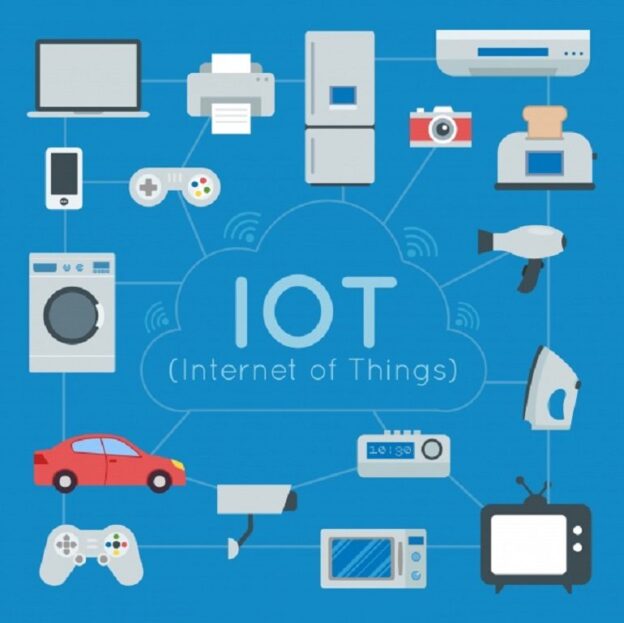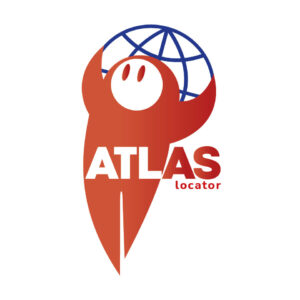Free communications: The future of the IOT
Many of you have heard of free software, we would summarize it as that software that is not proprietary, that you do not have to pay licenses for its use, that is “Free”. If we were to make a list of free software, we would have great acquaintances such as the OpenOffice (or LibreOffice) office suite, the Mozilla Firefox web browser, the WordPress content manager, the Linux operating system, etc…
In the 1960s, when programming began, programmers simply shared their programs, which were used mainly in the university environment. In the 1980s, software began to be privatized, charging began for those computer programs that we all used, and it was at that time that the term “Free Software” began to be used to refer to all those other non-proprietary programs that were not they cost money.
One of the main characteristics of free software is that the code is public and known, so anyone with the right knowledge can add, tweak or remove features, thus adapting the software to their needs. Free software is also known as open source.
Free hardware later arrived, one of the best known projects of this style is Arduino. This revolutionary new concept is based on the idea that anyone who wants to build a team will have access to its blueprints, code and schematics. As well as the specifications of each and every one of its components… something like, if instead of buying our new television we could download its plans from the internet and buy the resistors, cables, etc… assemble it in our own home. A “do it yourselft”.
In the end, both concepts, as you can see, are based on sharing, evolving and advancing technology and society thanks to sharing knowledge and advances.
Now, a few years after all this, we realized that a new leg was missing in this whole open world, that of free communications.
What do I mean by free communications?
If we look at the large telecommunications companies such as Orange, Telefónica, Vodafone, and many other smaller ones, they all have a monthly fee to access their communication services, whether by fiber optics, by 4G or 5G, by Sigfox, by sms or by any method of the hundreds that they offer us. All are based on the fact that in exchange for a monthly fee we can make use of their communication channels. Whether in the form of a flat rate, payment for use, through bonuses, etc… quite logical thing, because in the end these companies have had to put their fiber optic network through the streets, the towers in the mountains so that the wireless signal, etc… a lot of money has been spent to create those communication channels that we are going to use.
Now we are facing new free communications systems, which are based on the fact that we are going to be able to use them for free. Without paying that fee or access toll.
You may be wondering, that’s fine, but then who is in charge of putting the antennas or cables that I need to communicate?
Well, in this case it would be society, people in general, people who selflessly are going to put an antenna in their house, in their factory or wherever they can and thus join a national coverage map.
Free nationwide coverage?
Yes, that is what free communications are about, to create a kind of free teleoperator that offers free coverage to all and that the cost of installing communication elements such as antennas, etc., is borne by volunteers. What’s more, there are examples that not only offer coverage at a national level, but also have roaming at a European level, so that we could travel throughout Europe with this free communications system. There are many projects already working on a free network such as the TTN (The Things Network) project or even on a payment network through blockchain tokens such as HELIUM.





